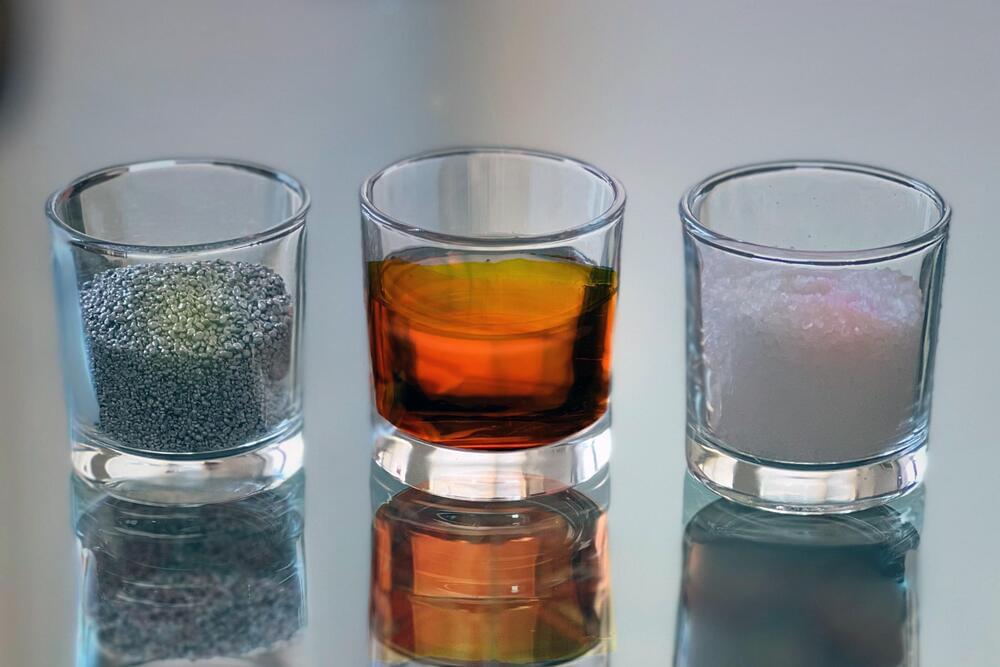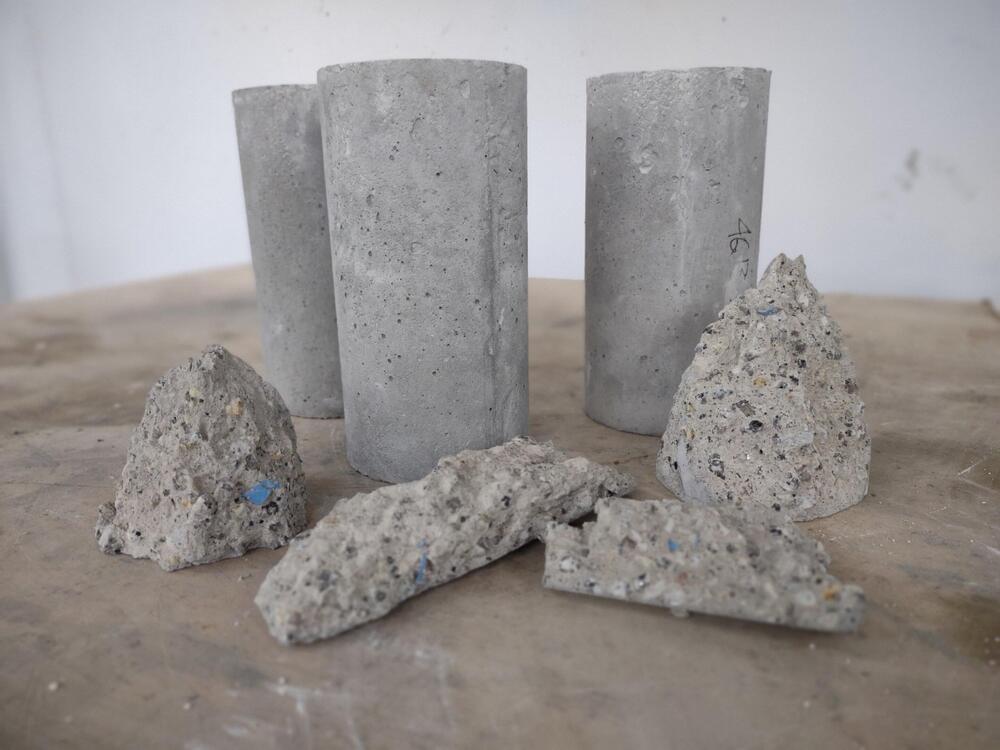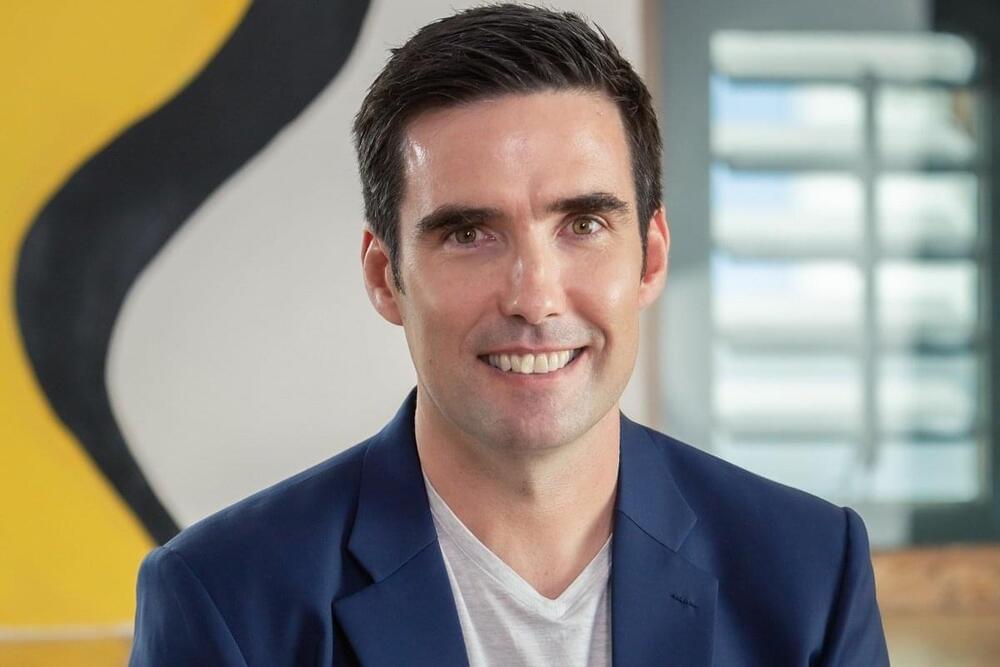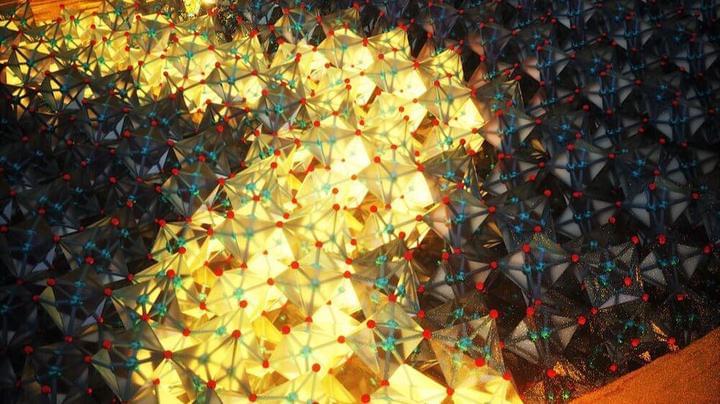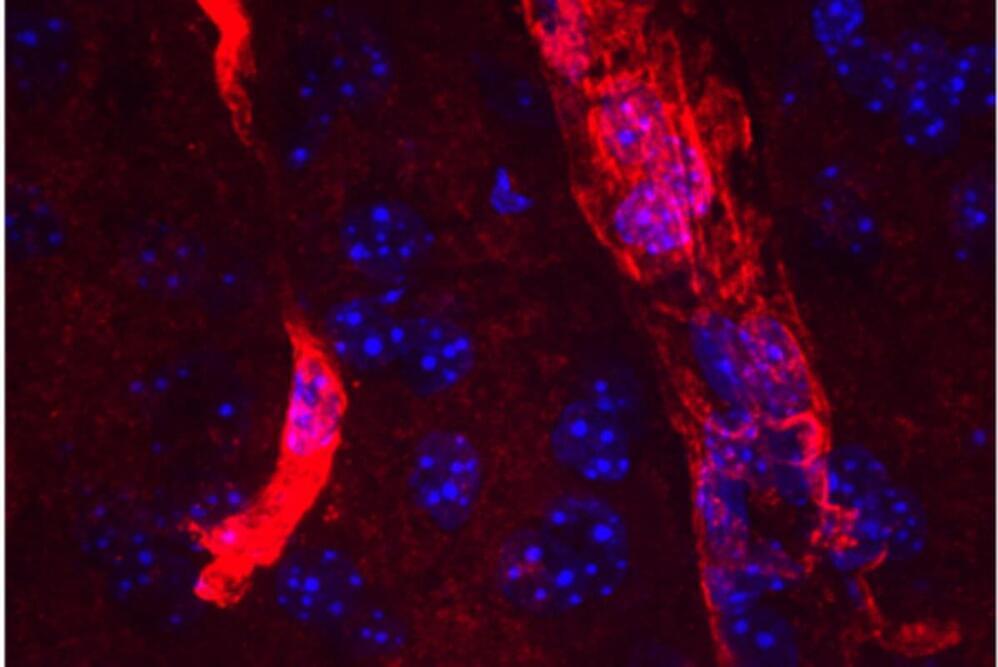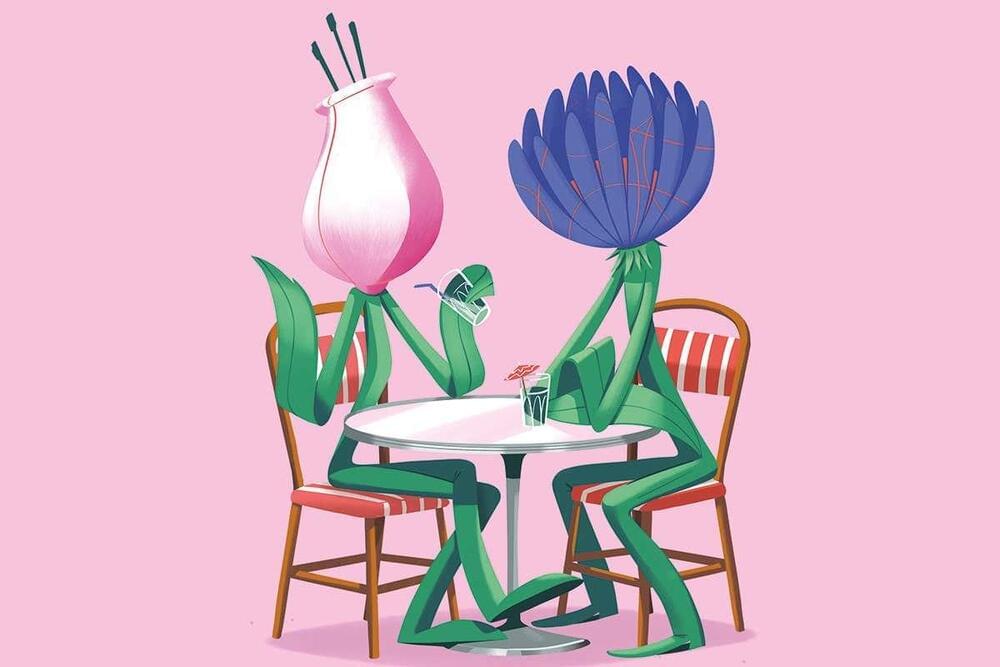Aug. 24 (UPI) — A team of researchers have discovered an exoplanet about 100 light years away from Earth in the Draco constellation, and they say the world appears to be covered in a deep ocean.
The exoplanet — called TOI-1452b — is slightly larger than the Earth and is located in a “Goldilocks zone,” where temperatures are neither too hot nor too cold for liquid water to exist. Therefore, astronomers think TOI-1452b could be covered in an ocean.
The exoplanet orbits “a nearby visual-binary M dwarf” star.

